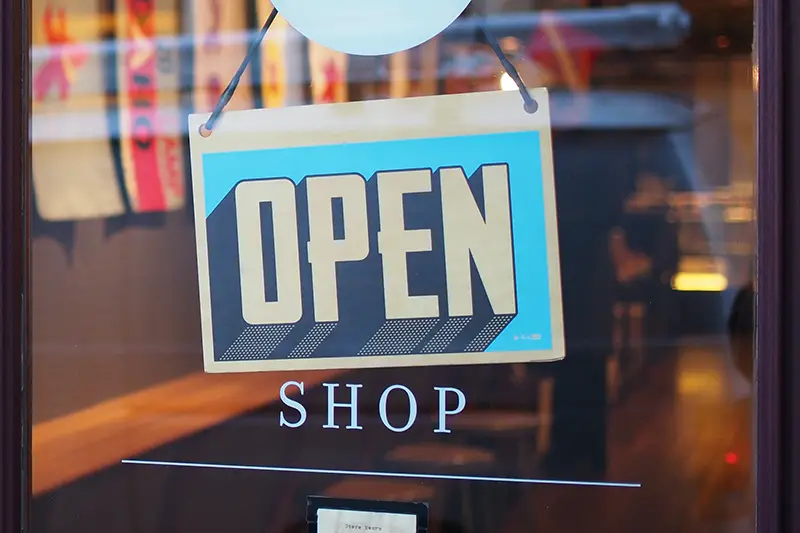Click here to get this post in PDF
The landscape for retail businesses has changed drastically over the last 10 years. Advancements in technology and the global Covid pandemic have caused a shift in consumer behavior and smart businesses have been able to anticipate, adapt and thrive in this new environment.
In this article, we’ll take a look at recent trends in retail and their ripple effects into trends in wholesale trade, as well as recent changes in consumer behavior and priorities. Which of these trends will continue? What further changes in the consumer behavior can we expect? And how can retail businesses meet these changes and satisfy today’s consumers?
The New Consumer – A Shift in Priorities
A better product at a better price – in the past, this simple formula would have been enough to attract consumers. While to a certain extent that formula still holds true, we are seeing a shift in priorities in today’s consumers, and businesses that wish to thrive have a new set of criteria they need to meet.
Brand Loyalty as Identity
Today’s consumers seek to assert their identity and express their values through their purchases. They are not only seeking a product they will use and like but, in their shopping experience, they are asserting and proclaiming their identity. Retail companies project an image of their target customer, and the consumer decides whether they choose to identify with that image.
This is why, more and more, we are seeing companies take to social media, for example, to talk about things other than their products. These companies speak on social and cultural issues in the hope that their stance will resonate with the consumer, inviting them to associate with their message in order to assert their beliefs and values.
Sustainability
A few years ago, sustainability, equitable commerce, fair trade, and environmentally friendly were simply buzz words expressed in tangents or niches of the retail sector. Enough time has passed, and enough data has been collected for us to ascertain that this is not a passing fad. In a fast-changing world where environmental concerns and social injustice are widely visible news topics, many people feel powerless to make an impact. However, consumers do believe that they can make a difference through their purchasing choices and habits.
This goes hand in hand with the consumer’s desire to assert their identity. By favoring companies reputed to be environmentally friendly and to treat their employers and subcontractors fairly, today’s consumer is expressing their values and seeking a sense of empowerment.
As companies have found success catering to this priority, it is unlikely we will see a reversal or a diminishment in this trend. Quite the contrary, consumers demanding for equitable and sustainable commerce is only likely to increase.
An Integrated Shopping Experience
Heavy reliance on technology – notably, mobile technology and AI – has made significant changes in the shopping behavior of today’s consumers. Even shoppers who choose to shop physically, rather than online, still expect their mobile phones and AI-supported apps to enhance their shopping experience.
After all, modern consumers spent a lot of money on their phones and they’ve attached a certain part of their identity to them, so in order to validate or justify this allocation of resources and this association, they are reluctant to engage in activities that are not potentially enhanced by this technology.
There are several ways technology is being integrated into the shopping experience, and the list keeps growing:
- Virtual browsing and ordering
- AI assistance
- Simple and varied paying methods
- Integrated interaction – sharing reviews or communicating with the retailer’s larger community of customers
The Takeaway
Advancements in technology have allowed consumers to interact both with the businesses they patronize and with the business’s larger community of customers. Without these features, shopping reverts to simply being about purchasing a product. But for today’s consumers that is no longer enough. Today’s consumer seeks to assert their values and their personality. And even that is not enough. They also need to share or proclaim this assertion to others.
For the modern consumer, retail shopping today is far more than buying a product they think they need or want. It is about expressing their values and proclaiming their identity. It is about having an experience and sharing it with others. For today’s retailers faced with fierce competition and shrinking profit margins, if they wish to survive – even thrive – they will need to adjust and cater their business to satisfy the new priorities and expectations of today’s consumers.
You may also like: Improving Your Retail Business In 2021
Image source: Unsplash.com


